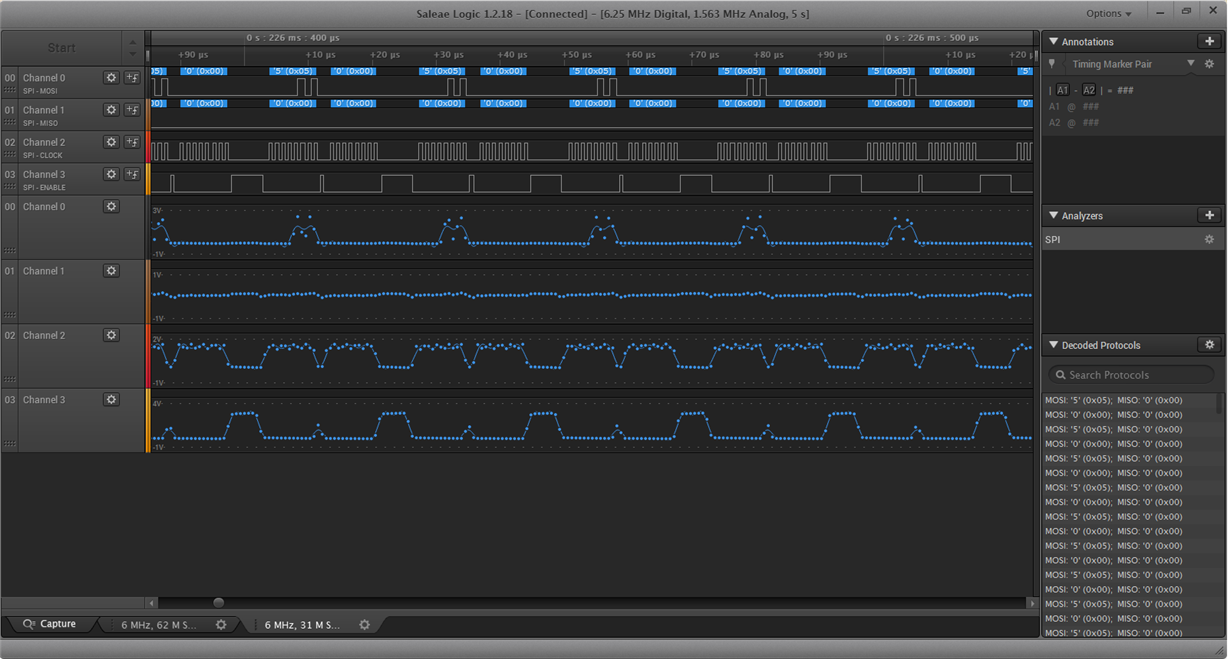Other Parts Discussed in Thread: TM4C123GH6PM
Tool/software: Code Composer Studio
Hi all,
I'm checking SPI flash(MX25R6435F) on EK-TM4C123GXL connected to SSI0. Using the in the below link we have ported it for EK-TM4CGXL.
https://e2e.ti.com/support/microcontrollers/other/f/908/p/392228/1469297
Attached the modified project Memory_board.7z
I'm not able to run the debug session on CCS. Resume, suspend and terminate buttons on the toolbar is in the disabled state and i do not have control to the running program.
I'm using code composer studio 8.1.0 version. Other examples are working fine in debug mode using the same setup.
Basically, we need to validate the SPI flash on TM4C. I appreciate any suggestions.
Thank You.
Regards,
Ambika




